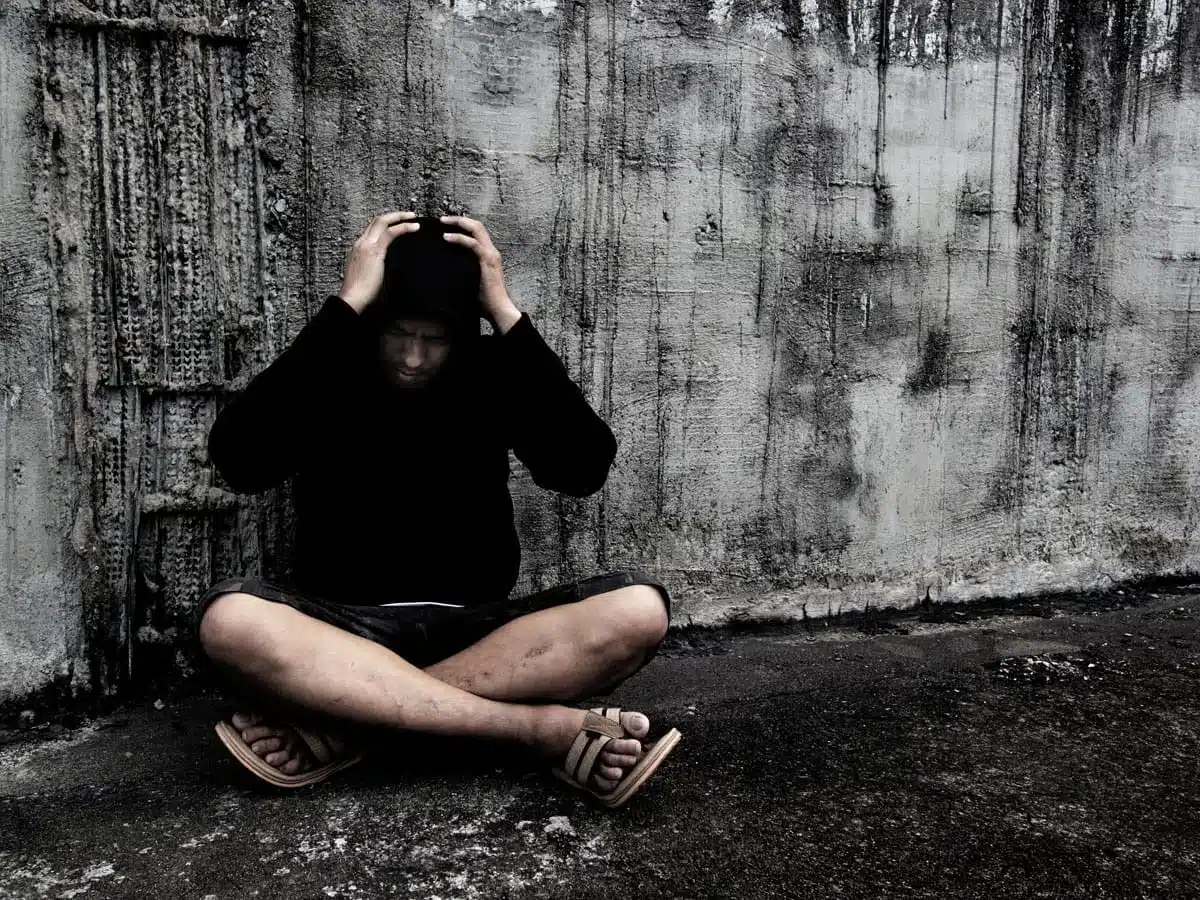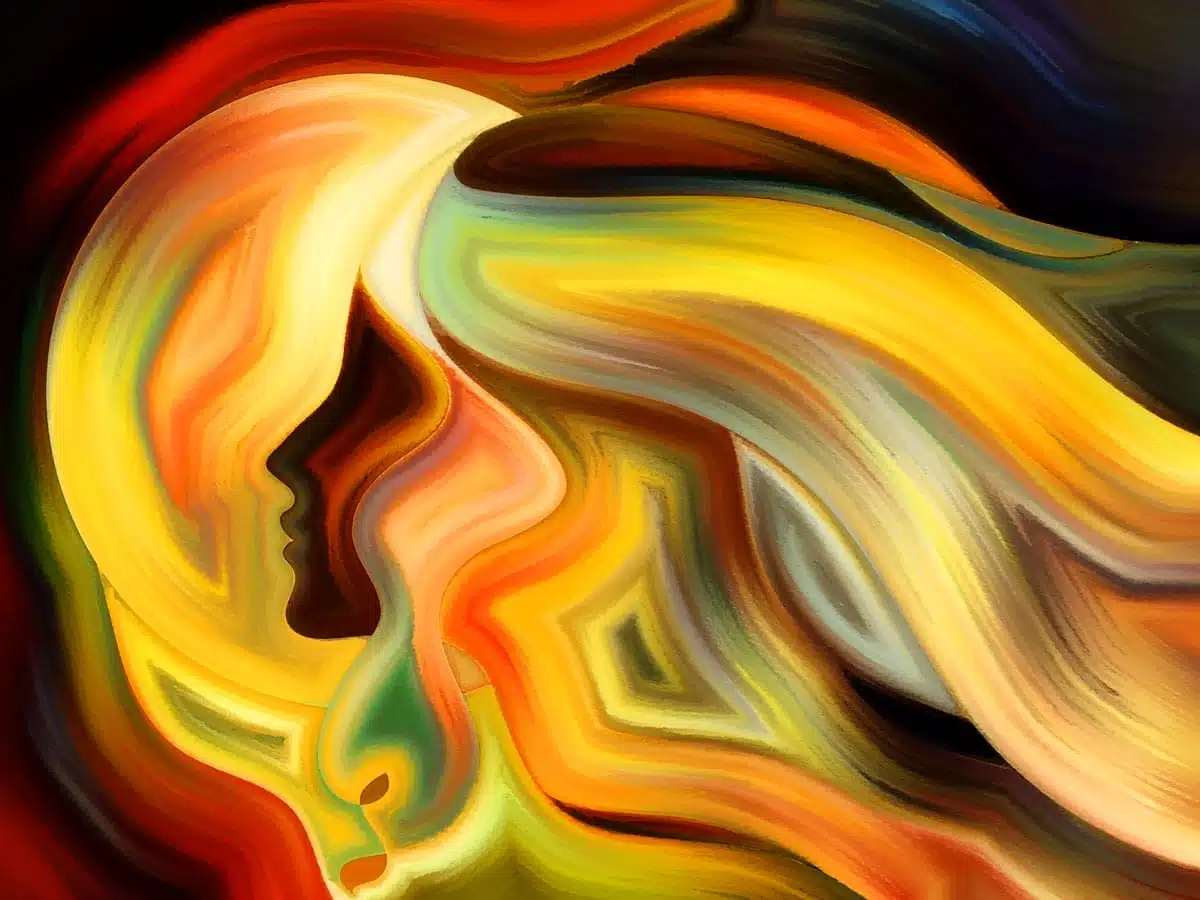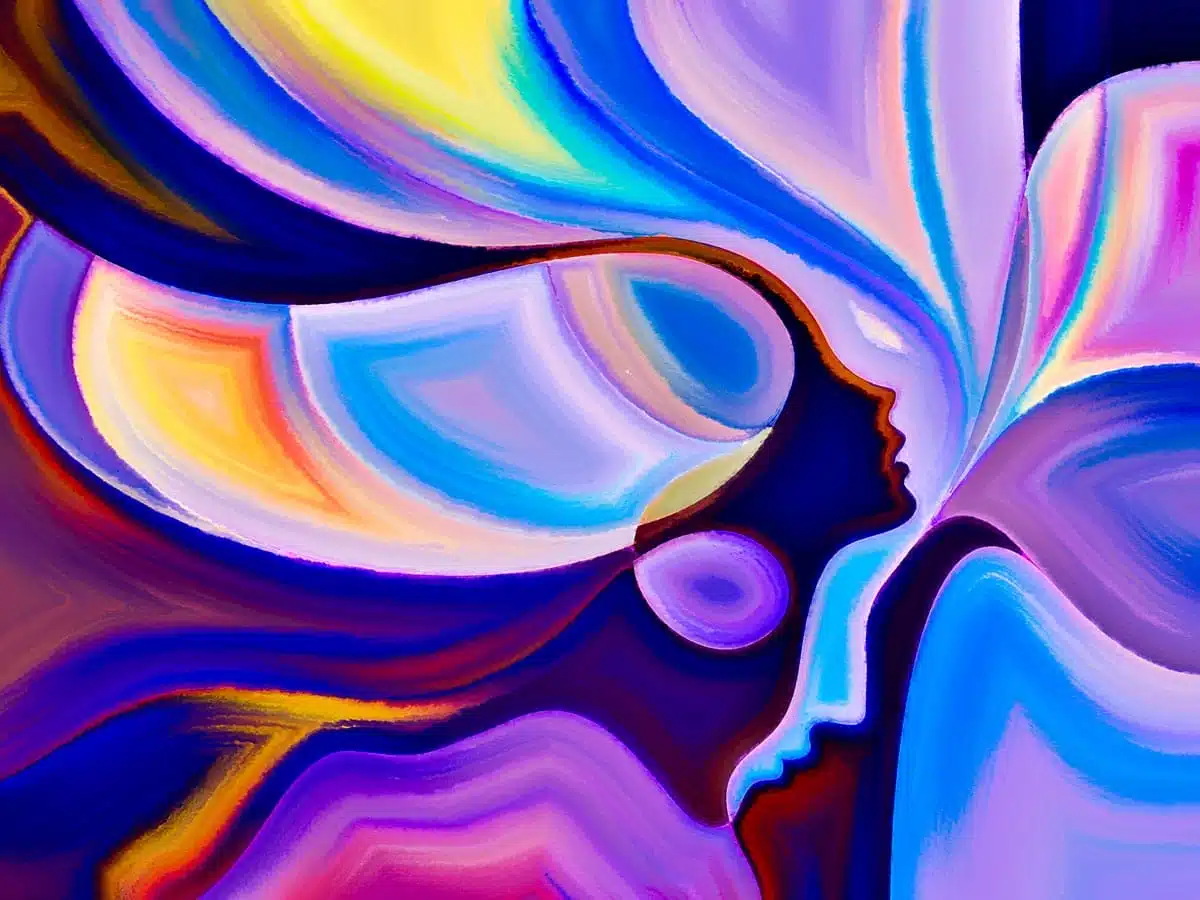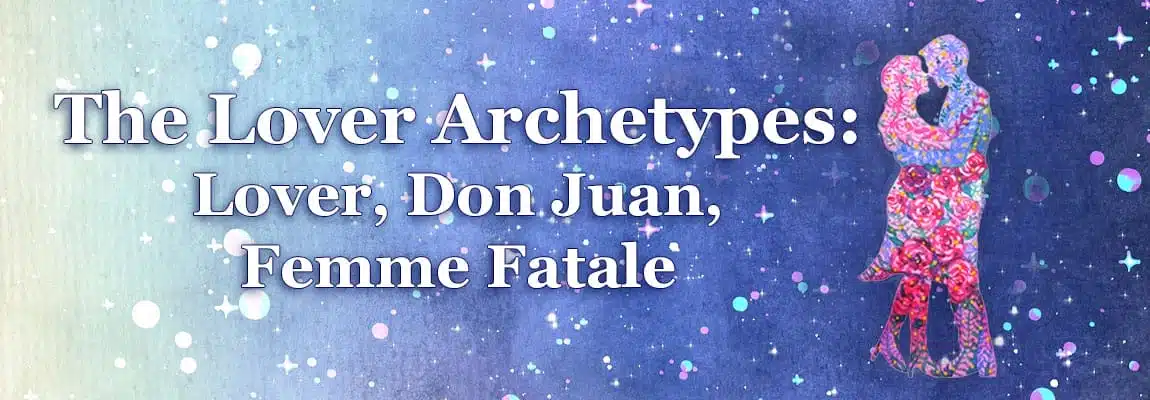The Mediator Archetype
The Mediator Archetype
Known as the go-between, the peacemaker, the middleman, the negotiator, the ambassador, the diplomat, the moderator and the liaison, the mediator archetype plays a powerful role in families, communities, businesses and nations. This level-headed force saves humanity from more disharmony, violence and war than we can imagine. The mediator archetype is part of the glue that holds society together.
The Need for Harmony
By definition someone who has the mediator archetype is “a person who attempts to make people involved in a conflict come to an agreement.” More than anything, the mediator craves harmony. She just wants everyone to get along and agree on things. Arguments tear at the very fabric of her being. In fact, even the hint of opposition can cause her to unravel completely. The mediator finds herself in deep trouble when she starts to guess what everyone is thinking and imagine the worst.
The mediator so desires harmony that she gives up who she is, and what she wants, thinks or feels in an attempt to facilitate consensus. Often someone with the mediator will tell you “I don’t care” and/or that “I don’t have an opinion”. This lack of agenda can be an honest self-less act or deceptive self-destructive choice. Usually the mediator does care. She cares to see a resolution. Her opinion is that everyone should get along.
Talents of the Mediator Archetype
The mediator archetype carries the ability to truly listen to opposing points of view. She helps others feel heard, which automatically quells tensions. The simple act of listening stops the decent into shouting matches and fist fights. The mediator wields her talent for listening which puts her, paradoxically, in charge of the situation. The quiet, composed listener holds sway over the screaming lunatic.
Patience is another virtue of the mediator. She is willing to wait until the resolution reveals itself. She understands that forcing the issue and trying to impose a solution too early can cause a complete breakdown of negotiations.
In the light aspect, the mediator does not lose hope even in the most irreconcilable circumstances. When the fissure between two factions deepens she doesn’t give up. Sometimes things need to get worse before they get better. The mediator is the container for hope for harmony in the face of great adversity.
The mediator carries the gift of great observational skills. She is able to perceive what is going on in someone beyond what their words say. She reads body language, nuance in tone of voice, emotional fields, and energetic frequencies with great sensitivity. To be in the midst of a situation that’s about to “go nuclear” means that adrenaline and gut instincts fuel her sharp insights.
And lastly, she can decipher the exact right timing to ask for a compromise, to back off, or to empathize. Adept at communication, the mediator in the light aspect is a powerful force.
Mediating in the Family
By nature, the vast majority of middle children find themselves in the role of the mediator at some point or another. Being a middle child inherently means that there are multiple points of view from older and younger siblings as well as from parents. However, the oldest child can become the “adult” that mediates arguments between younger brothers and sisters.
Either way, it is worth considering your role in your family of origin. Were you the peacemaker? Did you grow tired of everyone wanting different things? Were you happiest when everyone was on board with a single activity? Not all middle children have the mediator archetype as a lifelong pattern, but those who do see it show up early on in the family dynamic.
Complications with the Mediator
The shadow of the mediator manifests in a dependence on the happiness of others. Her inner peace relies on the state of her outer world. She wants everyone to be content. She finds frustration when trying to control and steer everyone else’s experience. It is almost always possible to find one dissatisfied participant or one thing someone is unhappy with. Any state of harmony will eventually cycle into chaos. Therefore, happiness for the disempowered mediator becomes an unattainable state.
The mediator’s hidden agenda to have a peaceful world and community around her can cause her to be impatient, critical and irritable. She can lack a tolerance for differing opinions, a abhorrence of conflict, and an overall disdain for the human race. An apathy takes over that walls her off from compassionate listening. At worst, she can refuse to listen at all. The hope that helped her in the light can dissolve in the shadow causing a deep disillusionment with the world.
Astrological Sign of Libra: Balance
The astrological sign of Libra best represents the mediator archetype. The Libra’s symbol of the scales reflects the qualities of balance, equality and harmony. Justice and fairness are additional associations with Libra.
Any mediation requires a fair assessment of both sides and a drive to balance the scales so everyone wins. The adage “win-win situation” is a mantra for the energy of Libra. The belief that there is always a way through that benefits all parties involved speaks to both Libra and the mediator.
The Inner Peacemaker
Remember that the motivation to find balance and equality is not just about mediating between people. The mediator can, and should, be active within yourself. You can balance work and play and the need to serve others and care for yourself. With the help of the mediator you can honor the side of you that wants to retreat and the side that wants to dive into the midst of humanity’s mire.
By turning your attention inward, you can find balance between all the aspects of your being. Acknowledging that you do have feelings, opinions, and needs changes the game. Allowing the mediator in you to see to the fair treatment, the judicious hearing, of all your voices can bring a deep tranquility. When tending to your own inner harmony and by treating yourself fairly, true peace is yours.
Want to know what archetypes are yours?
Schedule an Archetypal Consulting Session
and Find Out!











